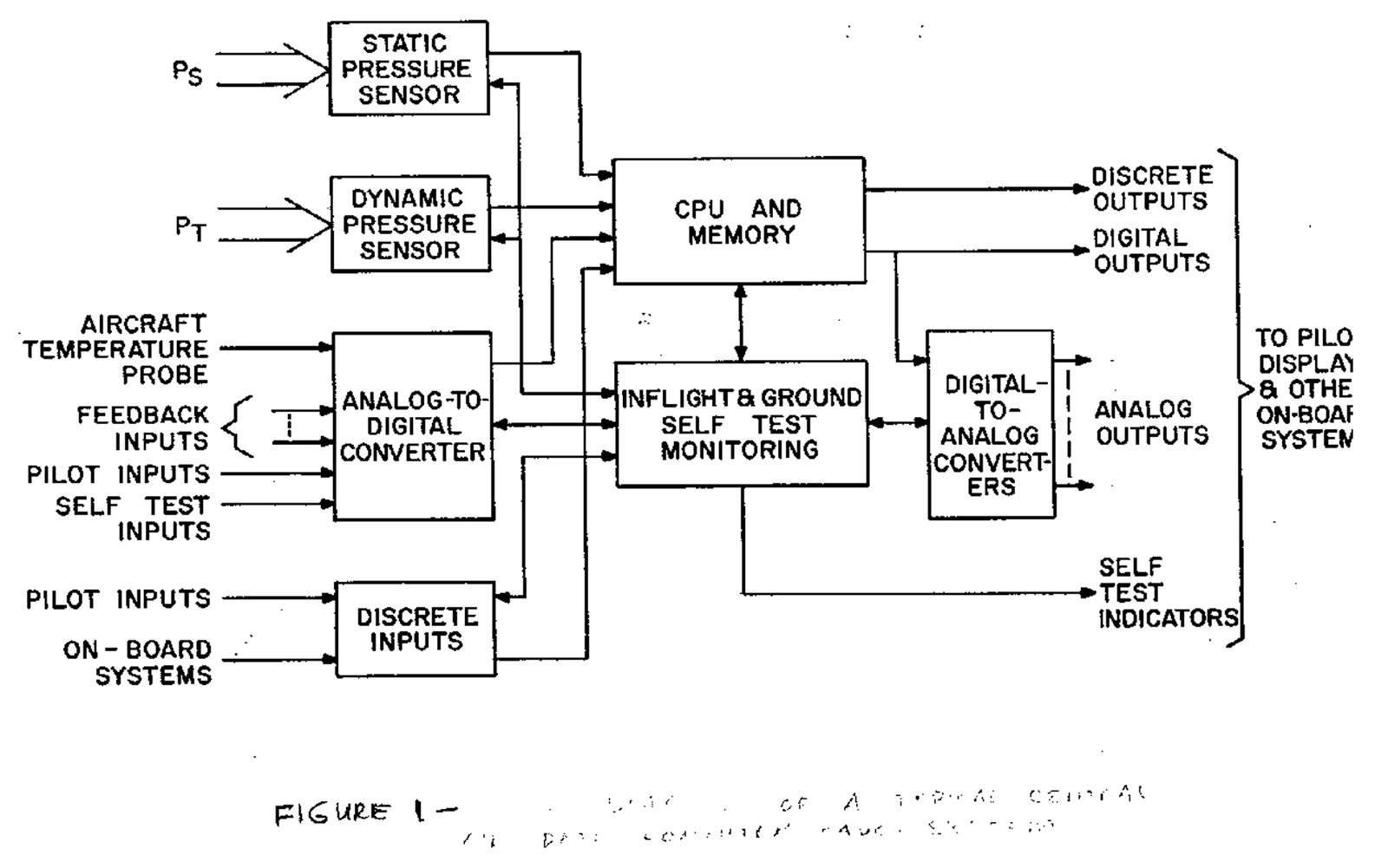For a long time, what is now considered to be a prime candidate for the title of the ‘world’s first microprocessor’ was a very well-kept secret for nearly 30 years. The MP944 is the inauspicious name of the chip we want to highlight today. It was developed to be the brains behind the U.S. Navy’s F-14 Tomcat’s Central Air Data Computer (CADC). Thus, it isn’t surprising that the MP944 was a cut above the Intel 4004, the world’s first commercial microprocessor, which was designed to power a desktop calculator.
The world’s first microprocessor is *NOT* from Intel. But you won’t find it in many textbooks. It was a secret only declassified in 1998; for good reason. The Garrett AiResearch F14 Air Data Computer was ~8x faster than the Intel 4004, and a year earlier! pic.twitter.com/LeYds8jp1rNovember 13, 2025
We have published several retrospectives highlighting Intel’s 4004, and it was indeed pivotal to the development of the PC and the industry that holds many of us in thrall to this day. However, there’s an alternative future where the MP944 wasn’t kept secret for over a quarter-century, and one wonders what the shape of the computer industry would be in that case.
The MP944: the pioneer that lived in the shadows until 1998
The MP944 was designed by a team of engineers approximately 25-strong. Leading the two-year development of this microprocessor were Steve Geller and Ray Holt.
The processor began service, in the aforementioned F-14 flight / control computer in June 1970, over a year before Intel’s 4004 would become available, in November 1971. An MP944 worked as part of a six-chip system for the real-time calculation of flight parameters such as altitude, airspeed, and Mach number – and was a key innovation to enable the Tomcat’s articulated sweep-wing system.
By many accounts, the MP944 didn’t just pre-date the 4004 by quite a margin, it was significantly more performant. The tweet, we embedded above, suggests Geller & Holt’s design was “8x faster than the Intel 4004.” Completing all the complicated polynomial calculations required by the CADC likely dictated this degree of performance it delivered.
In Holt’s paper, which was denied publication in 1971, in 1985, and only declassified in 1998, the architect explained that their 20-bit, pipelined, parallel multi-microprocessor was melded with state-of-the-art MOS technology to create the MP944. The microprocessor ran at 375 kHz, executing 9,375 instructions per second. This was judged to be the most effective solution for meeting the required capabilities.
As well as offering amazing performance for the early 1970s, the MP944 had to satisfy some stringent military-minded specifications. For example, it has to remain operational in temperatures spanning -55 to +125 degrees Celsius.
Being an essential component of a flight system also meant the military pushed for safety and failsafe measures. That was tricky, with such a cutting-edge development in a new industry. What ended up being provided to the F-14 Tomcats was a system that could constantly self-diagnose issues while executing its flight computer duties. These MP944 systems could apparently switch to an identical backup unit, fitted as standard, within 1/18th of a second of a fault being flagged by the self-test system.
As mentioned above, this processor of many firsts seems to be of largely academic interest nowadays. However, if Holt’s attempts to publish the research paper outlining the architecture of the F-14’s MP944-powered CADC system had been cleared back in 1971, we’d surely now all be living in a different future.

Follow Tom's Hardware on Google News, or add us as a preferred source, to get our latest news, analysis, & reviews in your feeds.

 9 hours ago
13
9 hours ago
13










 English (US) ·
English (US) ·